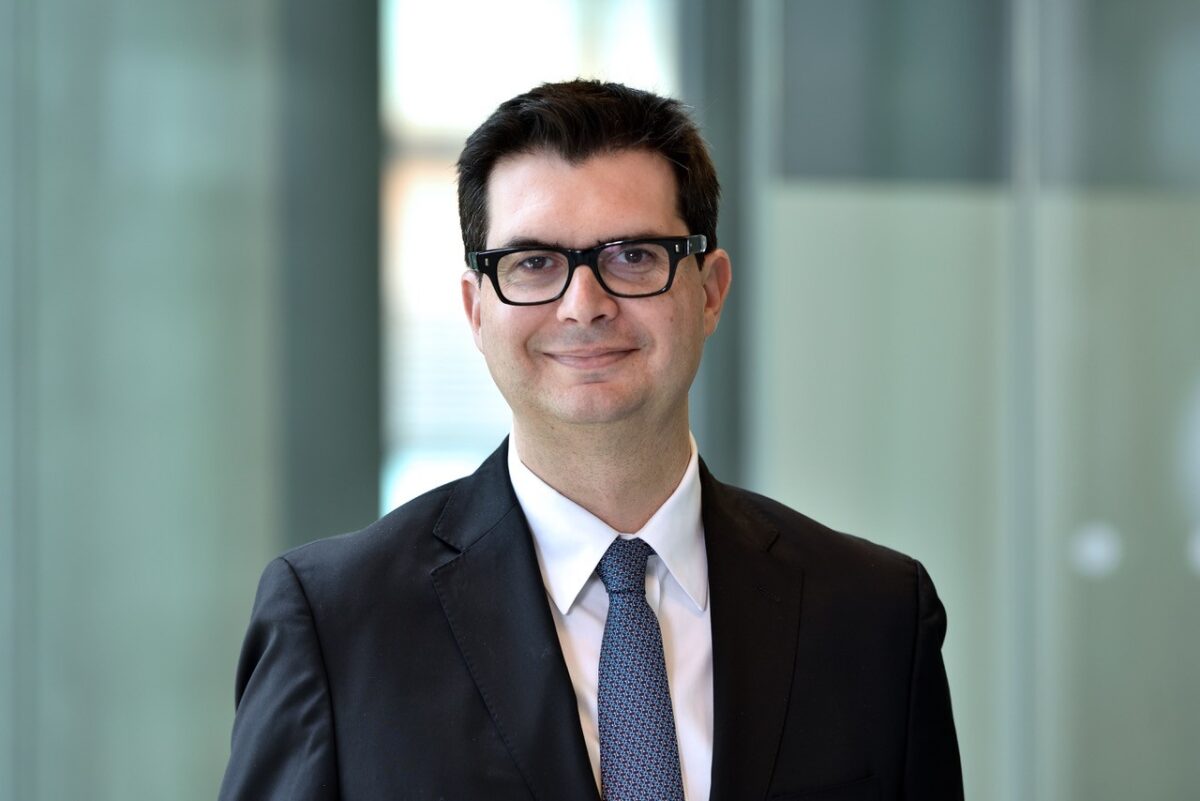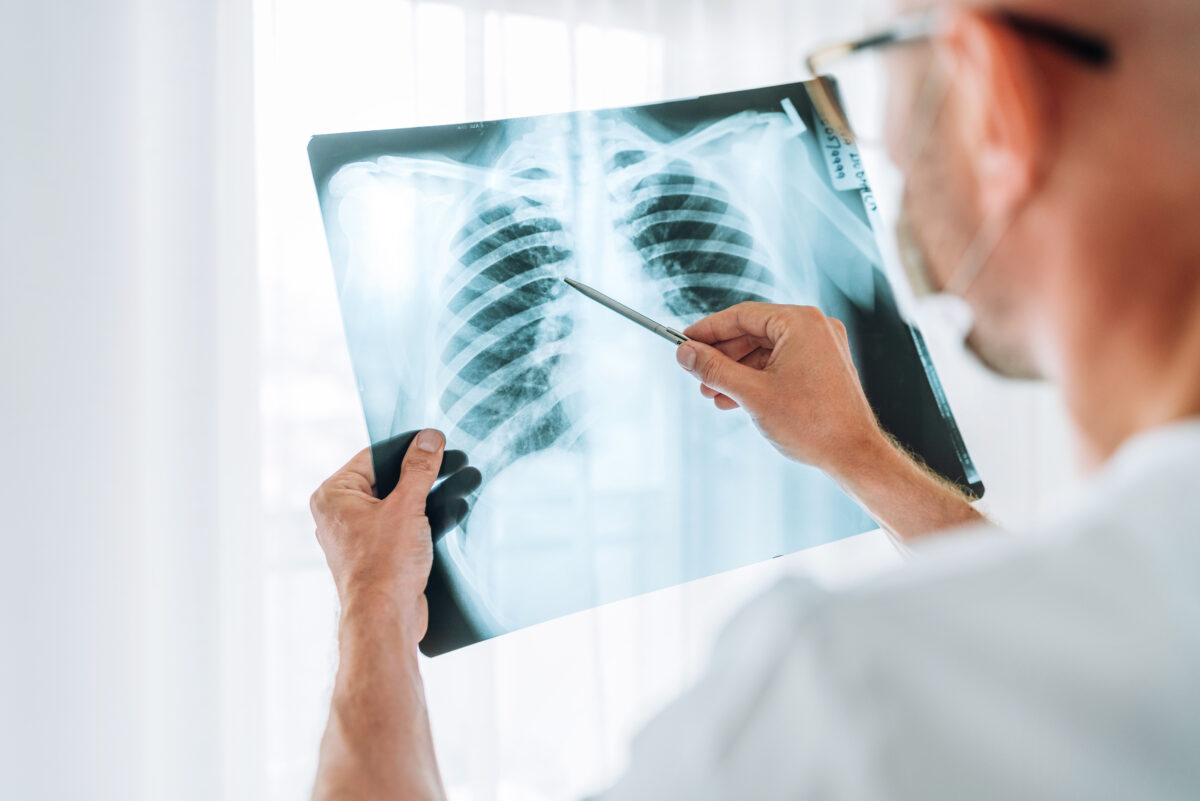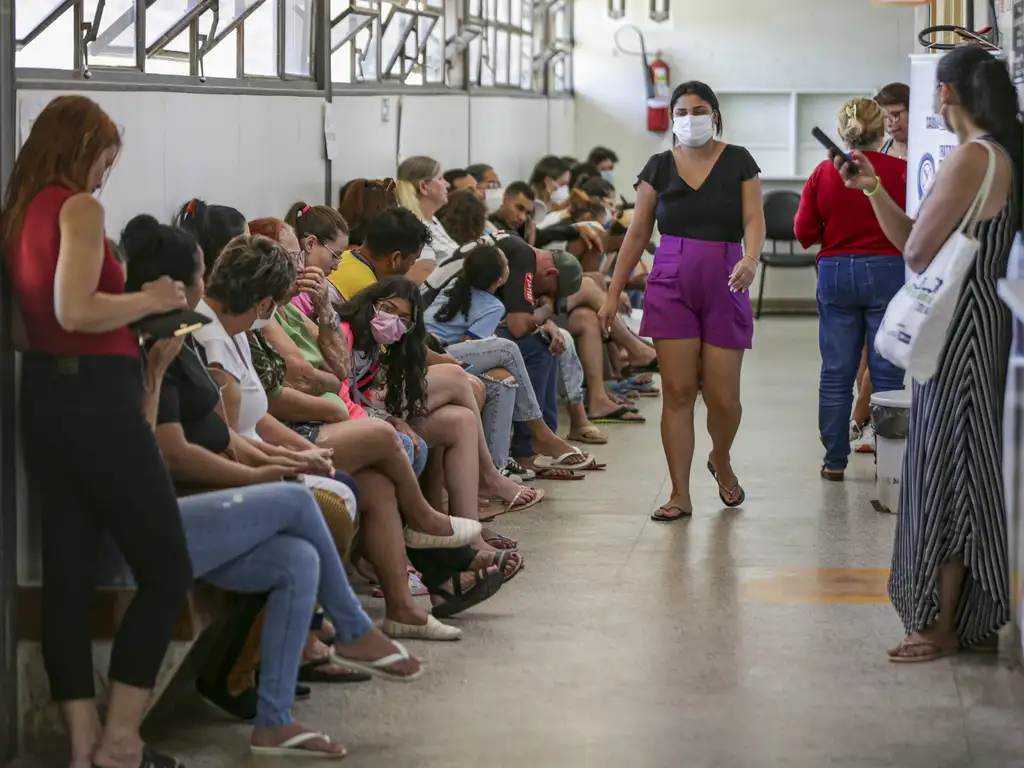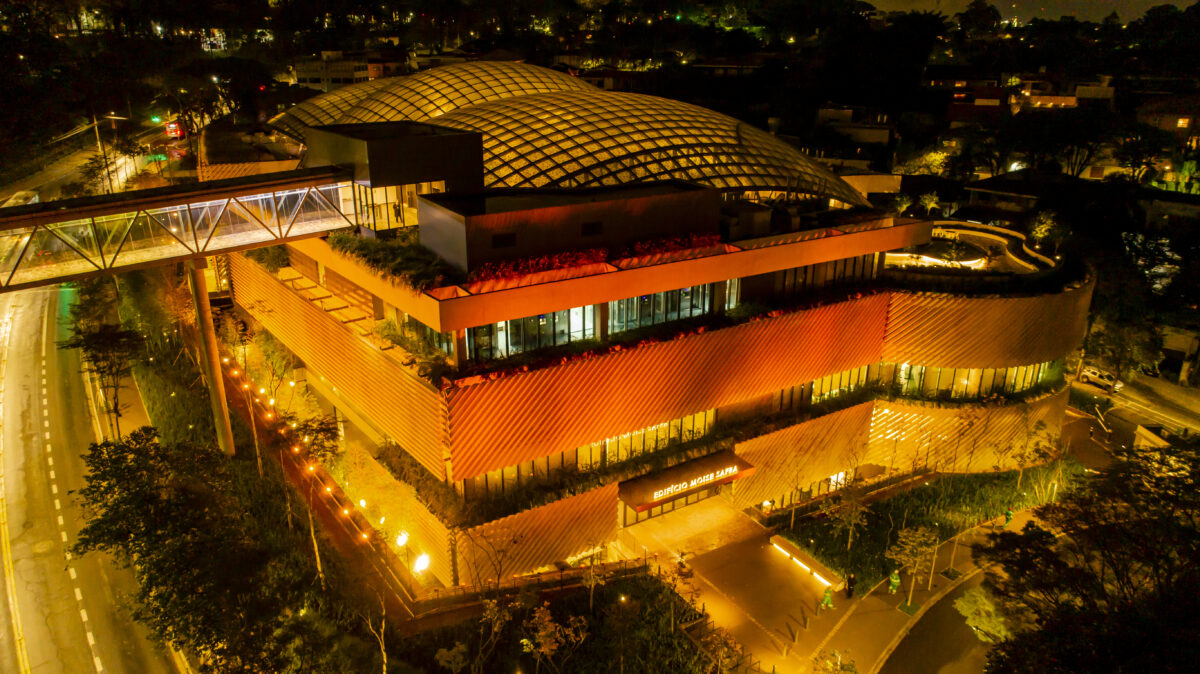 #Interviews
#Interviews
The reaction to immunotherapy
Lidia Arantes from Hospital de Amor studies different responses to the treatment of patients with lung cancer
 Imagem: Shutterstock
Imagem: Shutterstock
Lidia Maria Rebolho Batista Arantes is a researcher at Hospital de Amor, formerly the Barretos Cancer Hospital (HCB), inland São Paulo State, where she coordinates a project supported by the São Paulo State Research Foundation (FAPESP) on immune checkpoint inhibitors and immunophenotyping. The aim is to detect markers capable of identifying patients with non-small cell lung cancer (NSCLC) that react, and those who do not react, to immunotherapy.
Lung cancer is responsible for 1.6 million deaths per year—the highest mortality rate among all cancer types. Among patients with lung cancer, 85% have NSCLC.
Arantes is a biotechnology graduate from São Paulo State University (UNESP) and holds a PhD in Health Sciences from the São José do Rio Preto School of Medicine (FAMERP), with postdoctorates from the Center for Molecular Oncology Research at HCB and the University of Pittsburgh in the USA. In this interview she talks about her research and explains what immune checkpoints are.
What is the purpose of your research and what does it seek to discover?
Lidia Arantes – The aim of the study I’m coordinating is to identify markers capable of distinguishing respondent patients with non-small cell lung cancer from those not respondent to immunotherapy with immune checkpoint inhibitors. In other words, we want to differentiate patients who respond from those who do not respond to immunotherapy.
Immunotherapy is particularly recommended for patients with advanced and metastatic illness. Despite the high response rate to immunotherapy, some do not respond, or they acquire resistance. Our project therefore seeks to characterize the composition of the immune system that drives or impedes effective responses to this therapy.
Therefore, our objective is to increase the response rate and quality of life among patients, and what makes this possible is understanding how the body’s defence system helps or hinders the response to therapy.

What are immune checkpoints?
Immune checkpoints function as defence mechanisms and modulate the immune response, as they are capable of avoiding excessive inflammatory responses or even autoimmunity after the defence cells have found foreign antigens and initiated immune cell proliferation cascades. These “checkpoints,” expressed in different cells in the body, modulate the homeostasis of co-stimulatory and co-inhibitory signals, important for maintaining immunological tolerance. They help to regulate the immune response, functioning as checkpoints that avoid excessive inflammatory responses, or “calibrate” stimulatory and inhibitory signals that keep the immune response balanced.
What are the specifics of non-small cell lung carcinoma?
Non-small cell lung cancer accounts for 85% of lung cancer cases and may be subdivided into three main types: adenocarcinoma, squamous cell carcinoma, and large cell carcinoma.
Adenocarcinoma is the most prevalent subtype, making up some 40% of cases, and attacks the lung periphery, originating in the epithelial cells of the small airways.
Tumor growth is slower, enabling early-stage diagnosis. Additionally, the high rates of adenocarcinoma incidence may be related to the extent of the tumor’s effect, since it affects men and women, smokers and nonsmokers, regardless of age.
The second most common is squamous cell carcinoma, responsible for 25% to 30% of all cases. This is closely related to smoking and originates in the airway epithelium basal cells. In third place is large cell carcinoma, with 5%–10% of cases.
What preliminary results have been obtained to date?
Currently, we are still working on prospective inclusion of patients in the study, with biological sampling. This cohort [sample of patients included in the study] is made up of 52.6% male patients of ages varying from 51 to 66 years. Only 15.8% of patients declare never to have smoked, followed by 47.4% who are ex-smokers, and 21% active smokers. The most prevalent histological type was adenocarcinoma, accounting for 68.4% of cases, followed by 26.3% squamous cell carcinoma. In this casuistry, advanced staging [illness stage] was predominant, with 52.6% at Stage III and 47.4% at Stage IV. Tissue fixed in formalin and steeped in paraffin showed positive for PD-L1 in 57.9% of cases, with KRAS mutation at 31.6%.
What does “positive for PD-L1” mean?
It means that this protein is present on the tumor cell surfaces, leading the body not to recognize the cells as altered. Alteration of the KRAS gene leads to continuous activation of the protein, making the cells grow and divide in an uncontrolled manner. Additionally, the medication pembrolizumab (52.6%) was the most frequent treatment, followed by durvalumab (31.6%), and nivolumab (10.5%). New analyses are ongoing, and the results may be applied in clinical practice to enable a better prognosis plan, in addition to the development of new therapeutic regimes that contribute to enhanced survival rates and quality of life. Although immunotherapy represents a significant advance in the treatment of NSCLC, it still presents challenges that need to be overcome to benefit a greater number of patients.
*
This article may be republished online under the CC-BY-NC-ND Creative Commons license.
The text must not be edited and the author(s) and source (Science Arena) must be credited.


